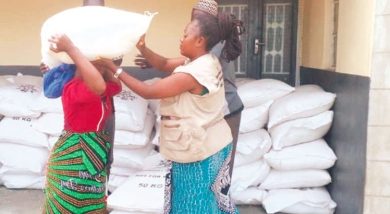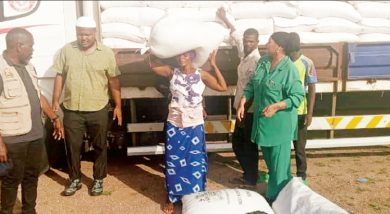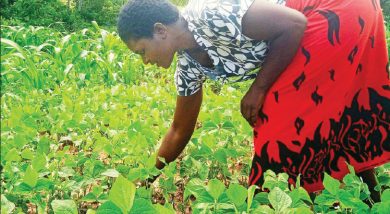Inflation rate soars to 15.7%
Malawi’s year-on-year headline inflation for April has quickened by 1.6 percentage points to hit 15.7 percent, triggered by a rise in food and non-food prices.
National Statistical Office (NSO) figures published yesterday show that during the same period last year, inflation was recorded at 9.2 percent.

This means prices of goods and services during the period under review quickened compared to the same period last year.
The figures show that food inflation went up to 19.5 percent, a rise from 17.1 percent the previous month while non-food inflation rose to12.2 percent in April from 10.5 percent the previous month.
Catholic University of Malawi economics lecturer Hopkins Kabaghe in an interview yesterday observed that the trend, which is expected to continue on account of imported inflation, among others, spells doom for ordinary Malawians.
He said: “The trend clearly means consumers will have to dig deeper into their pockets to purchase goods and services as well as maintain their living standards.
“This will affect most Malawians who cannot afford to increase their expenditure in view of the rising commodity prices. Instead, they will have to cut expenses thus increasing poverty levels.”
Consumers Association of Malawi executive director John Kapito said the rise in inflation rate is not surprising as food and non-food prices continue to rise.
“This cements what consumers have been complaining about for some time. It is extremely hard in a country where the majority are experiencing economic hardships.
“The current inflation figures are just the beginning of serious future challenges to be faced by Malawians.”
In Malawi, maize, as part of the food component, accounts for about 45.2 percent of the consumer price index, an aggregate basket of goods and services used in computing inflation.
Meanwhile, local maize prices have continued to rise, averaging K250 per kilogramme (kg) or K12 500 per 50 kg bag.
This is above government’s recommended minimum price of K220 per kg or K11 000 per 50 kg bag.
Famine Early Warning Systems Network (FewsNet), a United States Agency for International Development-funded organisation, has also projected high maize prices as macroeconomic conditions in Malawi continue to worsen.
In its April 2022 Malawi Food Security Outlook, the firm said food and non-food prices are expected to increase throughout the outlook period, thereby limiting household purchasing power and access to food.
Oil prices, on the other hand, have remained volatile due to potential supply constraints following the conflict between Russia and Ukraine.
Malawi Energy Regulatory Authority recently adjusted upwards pump prices of petrol, diesel and paraffin by 20 percent, 31.25 percent and 14.47 percent to K1 380, K1 470 and K956 per litre respectively.
Meanwhile, the Reserve Bank of Malawi has indicated that the Russia-Ukraine conflict is a cause for concern, saying the higher-than-anticipated oil prices it has induced could delay the convergence of inflation to medium-term targets in the country.





